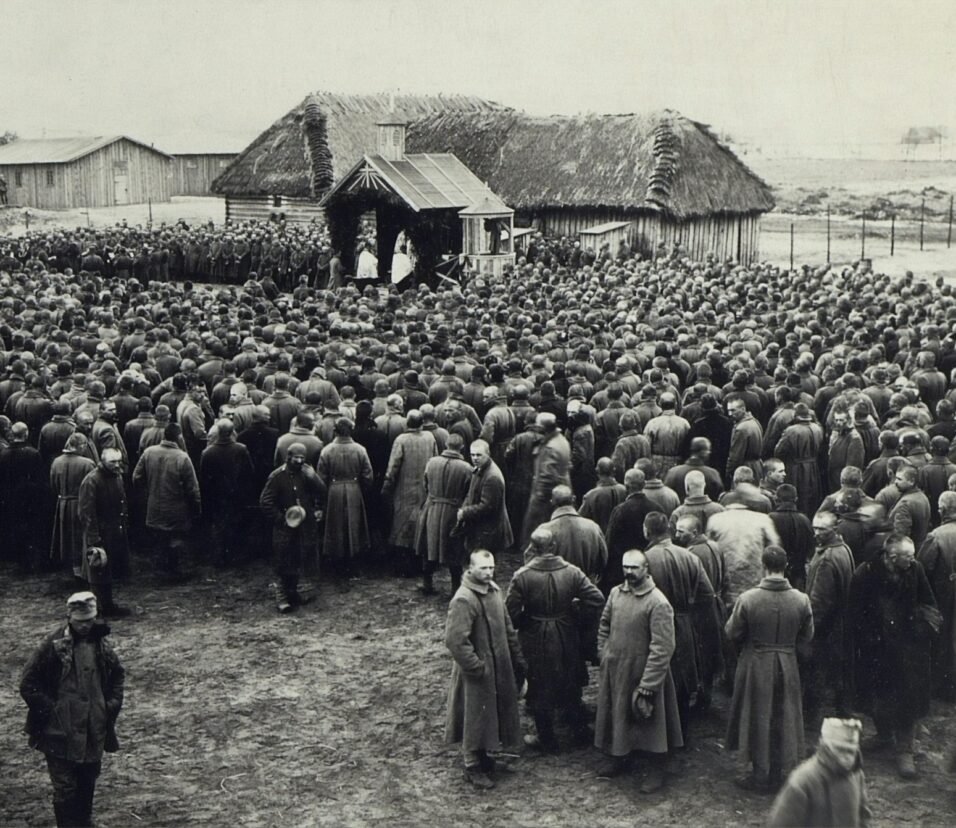Flappers and Jazz During the Roaring 20’s
Introduction
The Roaring Twenties, an era of immense change and cultural evolution, saw the rise of two significant phenomena: Flappers and Jazz. This decade, primarily associated with post-World War I America, painted vibrant strokes of freedom, rebellion, and innovation on the canvas of the 20th century. Flappers redefined womanhood while Jazz revolutionized the world of music. Both intertwined, they marked the dawn of modernity.
Chapter 1: Flappers – A New Woman on the Horizon
The Birth of the Flapper:
Flappers emerged as a new breed of young Western women in the 1920s who wore short skirts, bobbed their hair, and flaunted their disdain for what was then considered “respectable” behavior. The term “flapper” was already in use by 1912 in the UK, meaning a young girl, still somewhat awkward in movement and immature – a fledgling, not yet ready to fly.
Defining Characteristics:
- Fashion – Flappers dared to challenge societal norms with their dress. Hemlines rose, waistlines dropped, and the free-spirited silhouette was born. Accessories like beads, feathers, and fringed bags added to their allure.
- Attitude – They epitomized rebellion. They drove cars, drank, smoked, danced, and voted. They challenged the status quo, demanding freedom and equality.
- Dance – The Charleston, the Shimmy, and the Lindy Hop were popular dances that defined the era and flapper culture.
Chapter 2: Jazz – The Soundtrack of the ’20s
Origins of Jazz:
Emerging from African American communities in New Orleans in the late 19th and early 20th centuries, Jazz found its voice and rhythm through a combination of blues, ragtime, and brass band music.
Jazz’s Unique Characteristics:
- Improvisation – Musicians would spontaneously create, alter, or embellish their performances.
- Syncopation – A unique rhythm where beats that usually get emphasized (strong beats) are missed out, and the weaker beats are stressed.
- Use of Brass – Instruments like trumpets, trombones, and saxophones became mainstays in Jazz ensembles.
Chapter 3: Intersections – How Flappers and Jazz Became Entwined
The Speakeasy Connection:
The prohibition era in the U.S. (1920-1933) led to the rise of illegal bars called speakeasies. Here, flappers danced away to the latest jazz numbers, bridging the worlds of these audacious women with the vibrant sounds of Jazz.
The Shared Essence of Rebellion:
Both flappers and jazz embodied the spirit of defiance. While flappers went against conventional norms of femininity and decorum, Jazz broke away from traditional musical structures, offering something edgy and new.
Chapter 4: Societal Impacts
Changing Attitudes:
The flamboyance of flappers and the popularity of Jazz music marked the beginning of the shift in societal attitudes. They promoted the ideas of personal freedom and disdain for tradition.
Economic Impacts:
Jazz music and the culture around it provided avenues of employment for many African Americans and played a role in the Harlem Renaissance, a powerful Black cultural movement.
Chapter 5: Beyond the Glitz – The Complex Lives of Flappers
The Search for Identity:
While many saw flappers as symbols of liberation, they were also young women navigating a rapidly changing world. Their audacious behavior often hid deeper struggles: the search for self-identity, the clash between tradition and modernity, and the challenge of forging a path in a society rife with contradictions.
Challenging the Patriarchy:
Flappers didn’t just rebel against fashion norms. They were crucial figures in the broader feminist movements of the 1920s. By challenging expected gender roles — from working in male-dominated fields to advocating for birth control — they laid the groundwork for the feminists of the 1960s and beyond.
Chapter 6: Jazz – More than Just Music
Jazz as Social Commentary:
Many jazz compositions were not just about rhythm and melody but served as potent social commentaries. Songs touched on issues like racism, socio-economic struggles, and the complexities of urban life. Artists like Billie Holiday and Duke Ellington used their platform to address societal injustices.
The Global Spread:
By the late 1920s, Jazz had burst beyond American borders. It influenced musicians in Europe, Asia, and Africa, becoming a global phenomenon. Cities like Paris and London saw their own jazz scenes flourish, intertwining with local musical traditions.
Chapter 7: The Downside of Decadence
Backlash and Criticism:
Not everyone was enamored by flappers or jazz. Conservative factions viewed them as threats to moral order. Flappers were often derided for their perceived promiscuity and defiance. Jazz, especially its association with Black culture, faced racism and was often labeled as “degenerate.”
The Great Depression:
The lavish parties and exuberance of the Roaring Twenties came crashing down with the onset of the Great Depression in 1929. Economic hardships meant fewer people had money to spend on jazz shows or flapper-esque lifestyles. Both phenomena faced a decline, albeit temporary, as the world grappled with economic turmoil.
Chapter 8: Enduring Influence
Modern Echoes:
The spirit of the Roaring Twenties continues to reverberate. Contemporary fashion often revisits flapper styles — the love for fringe dresses, bobbed hair, and statement accessories never really waned. Jazz, with its rich complexity, gave birth to numerous music genres, from R&B and rock to hip-hop.
Conclusion: Echoes of the Era
The Roaring Twenties, with its flappers and jazz, brought forth a whirlwind of change, shaking the societal structures to their core. The period wasn’t just about dance, music, or fashion; it was about aspiration, expression, and the indomitable spirit of an era. The legacy of the 1920s persists even today as we continue to draw inspiration from the flappers’ audacity and the soul-stirring rhythms of Jazz.







